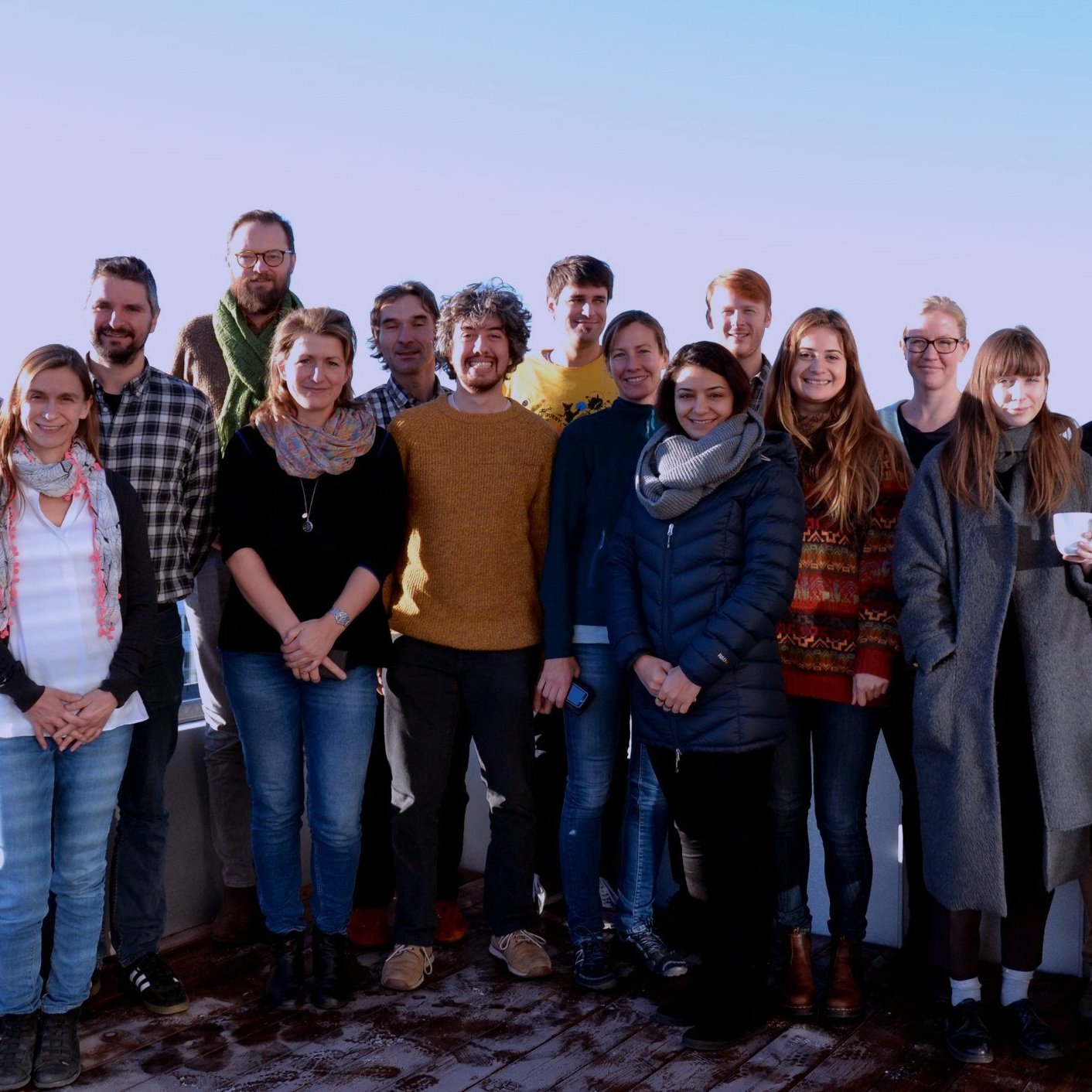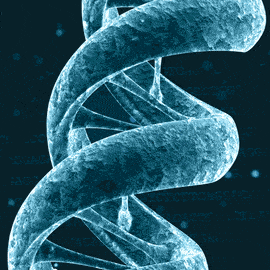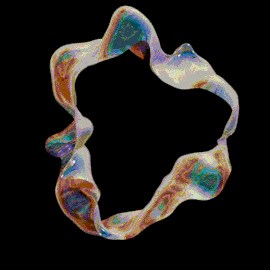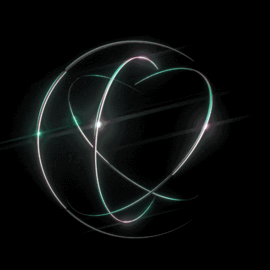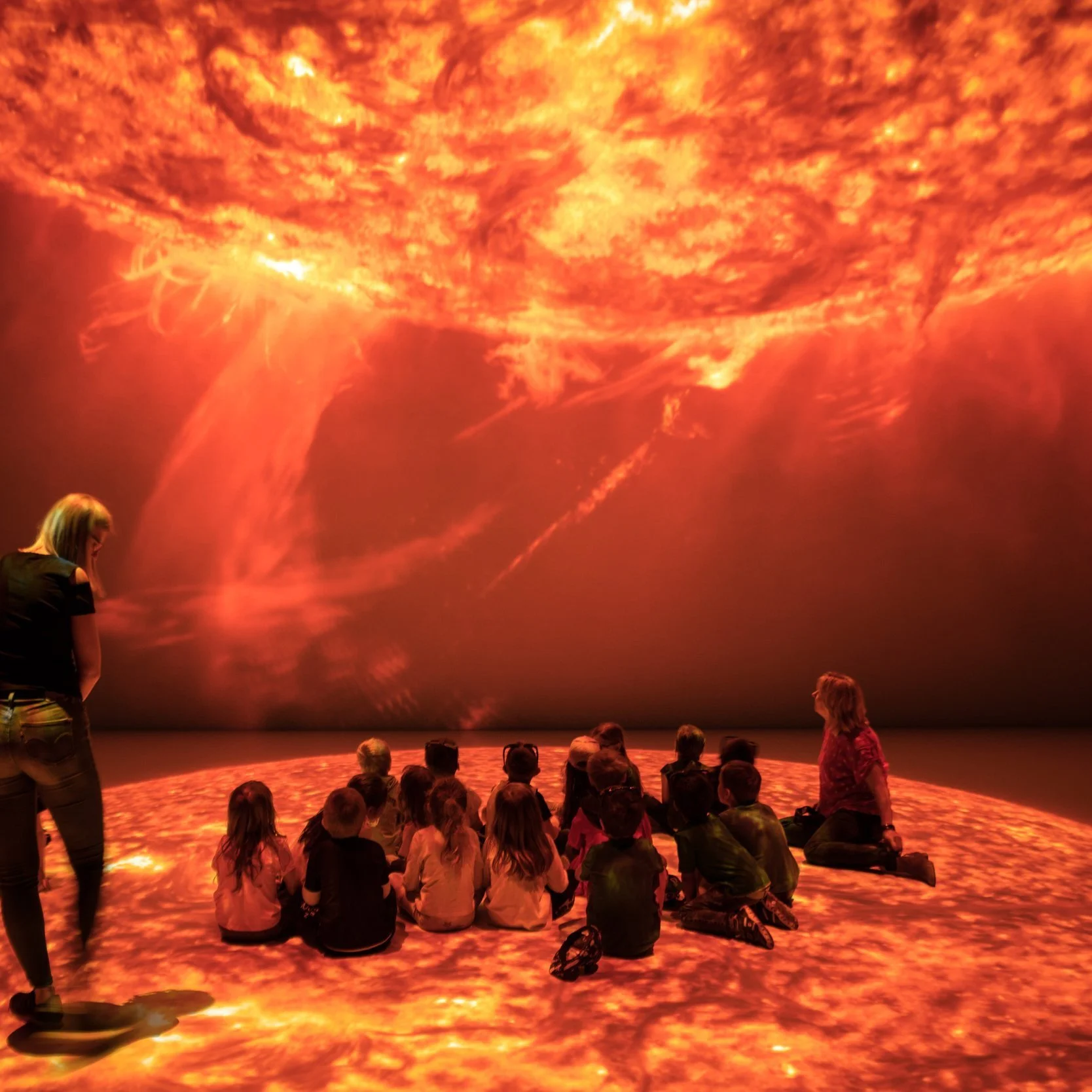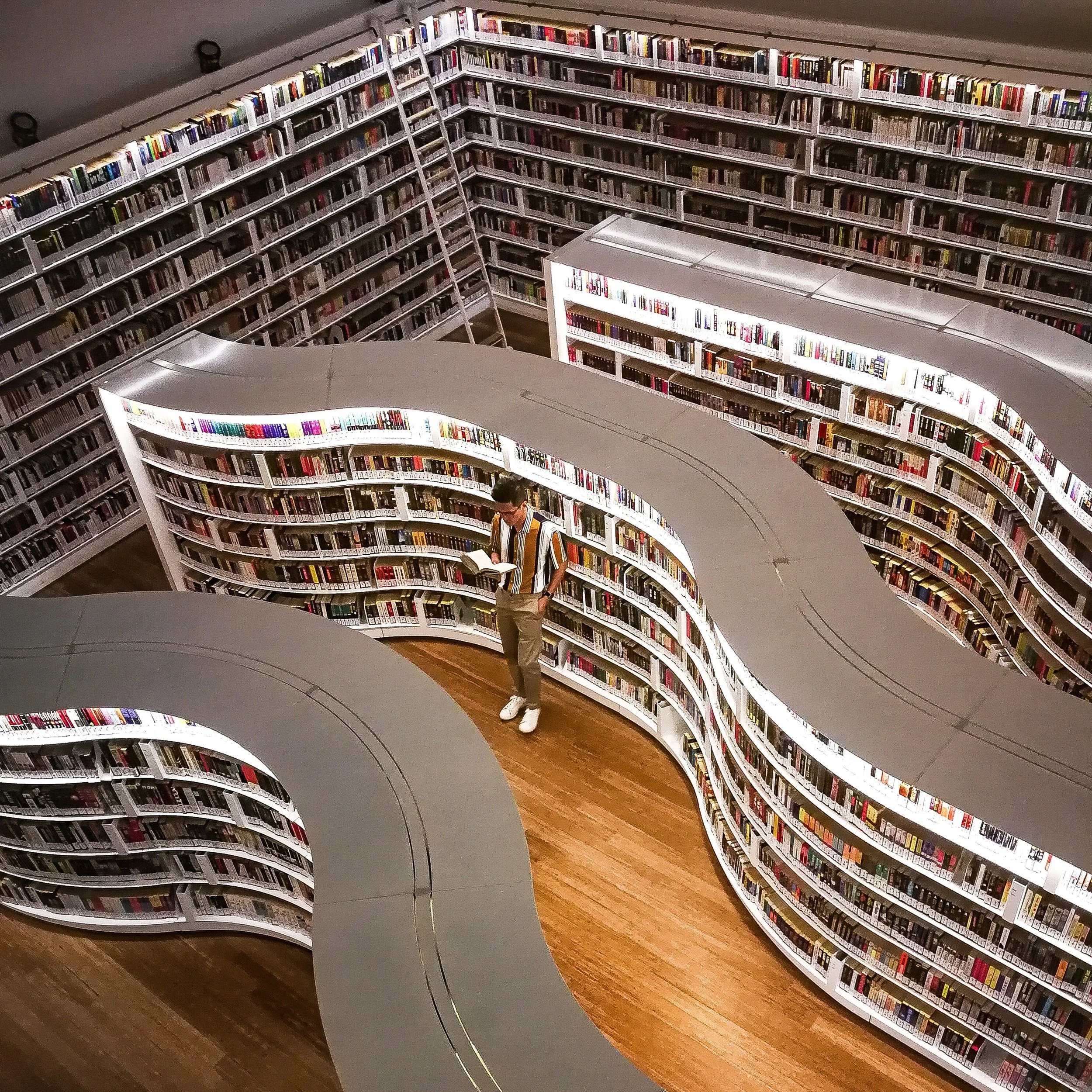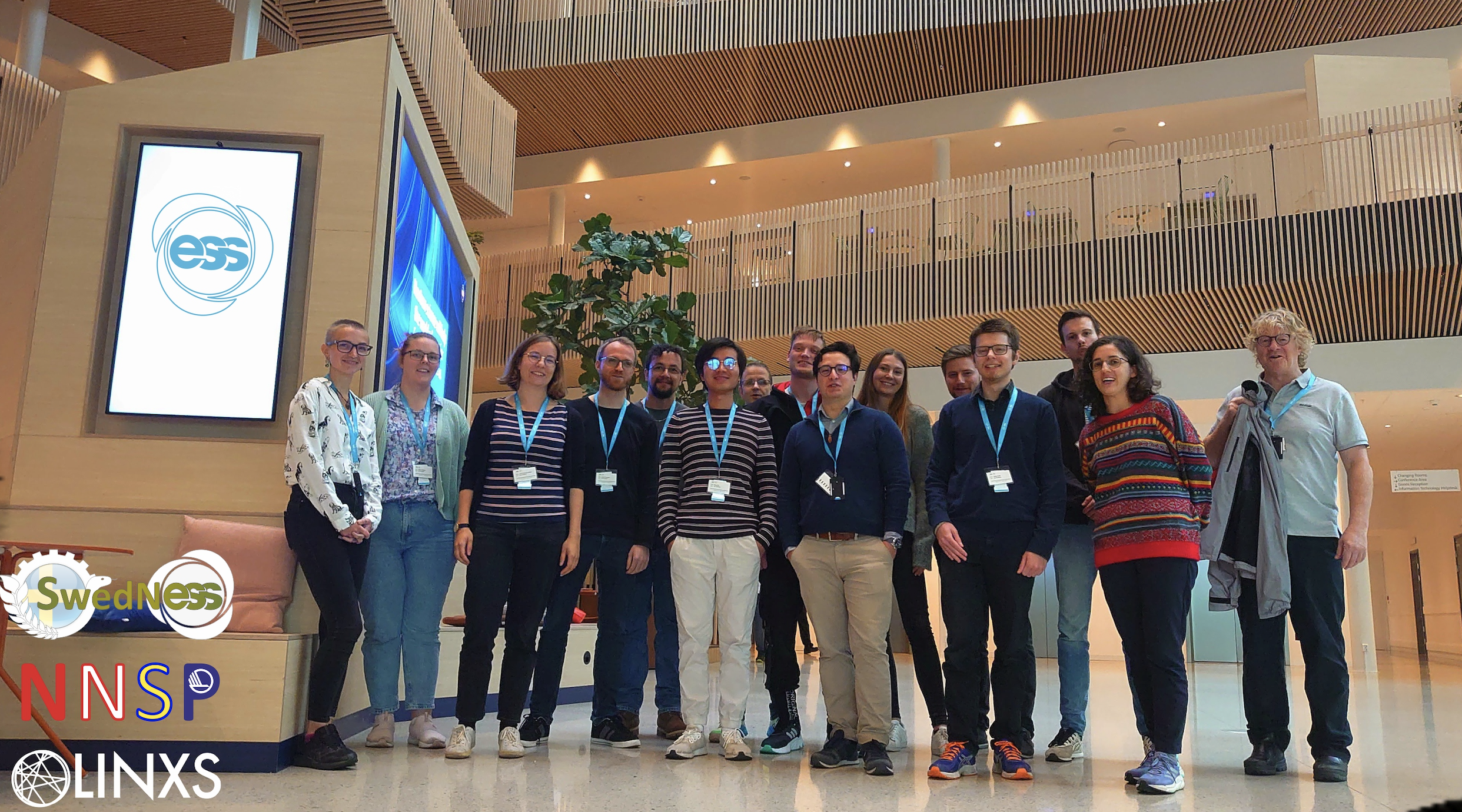In September, LINXS hosted the joint Nordic Neutron Science Programme (NNSP) and the Swedish Neutron Education for Science & Society (SwedNess) fifth graduate school on neutron scattering. The collaborative school has been running since 2017, but this is the first time it is held at the institute.
Aimed at PhDs interested in using neutrons in their research
Kim Lefmann, Professor in Condensed Matter Physics at the Niels Bohr Institute , and one of the organisers, explains that the introductory school is aimed at new PhDs who are interested in using neutron scattering techniques in their PhD-projects. It is open to all students, although physics students make up the largest group. The ones who have a different background start three days earlier to catch up on the necessary mathematics needed to follow the lectures.
– It is great that we are now in Lund, so that we can show the students the ESS infrastructure, and give them a sense of what you will be able to do there. ESS is of course the biggest reason for why we are doing these schools in the first place. The idea is to build a community around ESS, and increase capabilities in neutron techniques.
Martin Månsson, Professor in Neutron Scattering & Applied Physics at KTH Royal Institute of Technology in Stockholm, and Director of Studies for SwedNess, fills in:
– The fundamental idea behind both NNSP and SwedNess is to ensure that Sweden and the Nordics can make optimal use of the fantastic possibilities that will be available at ESS. We will educate a whole new generation of neutron scattering experts that will inject new knowledge and project ideas within both academia and industry. For us to be able to bring the students directly on-site at ESS/LINXS is of course ideal from both a motivational and pedagogical point of view.
Successful set-up to be both at LINXS and ESS
The set-up of the school, with LINXS in such close proximity to ESS, worked very well in terms of the scientific schedule of the school. The first week was hosted by LINXS, whereas the second week was spent at ESS, with a focus on lectures from teachers with long experience as users of large-scale research infrastructures.
Next year, Kim Lefmann and Martin Månsson would like to see the same organisational scheduling.
– LINXS is a great venue to host a school in terms of its layout. The students can really focus get stuck into their work, which is important when it comes to really getting the grasp of neutron techniques. To be able to be both at LINXS and ESS also make the future practical outcomes of the science more real to the students, says Kim Lefmann.
Martin Månsson further explains:
- In addition to the theoretical course we also collaborate with current operational neutron sources, PSI/SINQ in Switzerland and TU Delft in the Netherlands, where our students also have the possibility to conduct hands-on training at actual neutron instruments. SwedNess also have an open (free of charge) course catalogue with several specialized courses focusing on both specific neutron techniques as well as scientific areas.
Next year’s graduate school will be held in September 2023. Any students interested in applying can contact: Martin Månsson, Director of Studies, Swedness, condmat@kth.se.
About the Phd graduate school
The school covers an introduction to neutron scattering, with the topics:
· Principles of scattering and neutron instrumentation
· Diffraction
· Small-angle scattering
· Reflectivity
· Imaging
· Inelastic scattering
· Quasielastic scattering
· Magnetic diffraction and inelastic scattering
· Use of polarized neutrons
Read more about the Nordic Neutron Science Programme (NNSP) and SwedNess on their respective websites.











